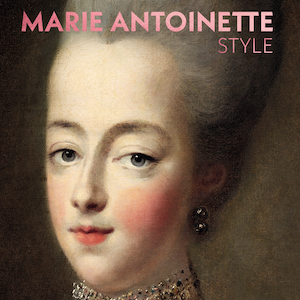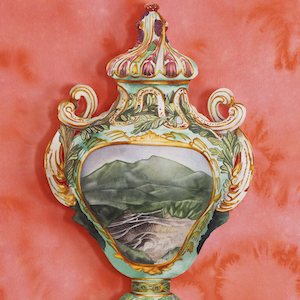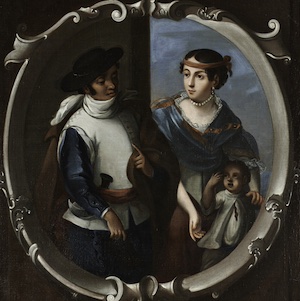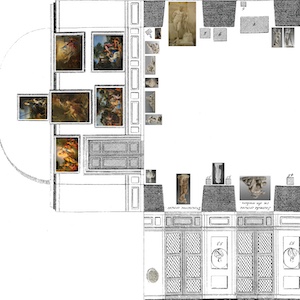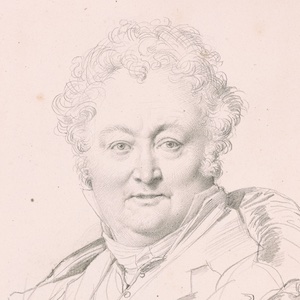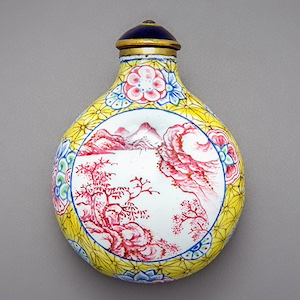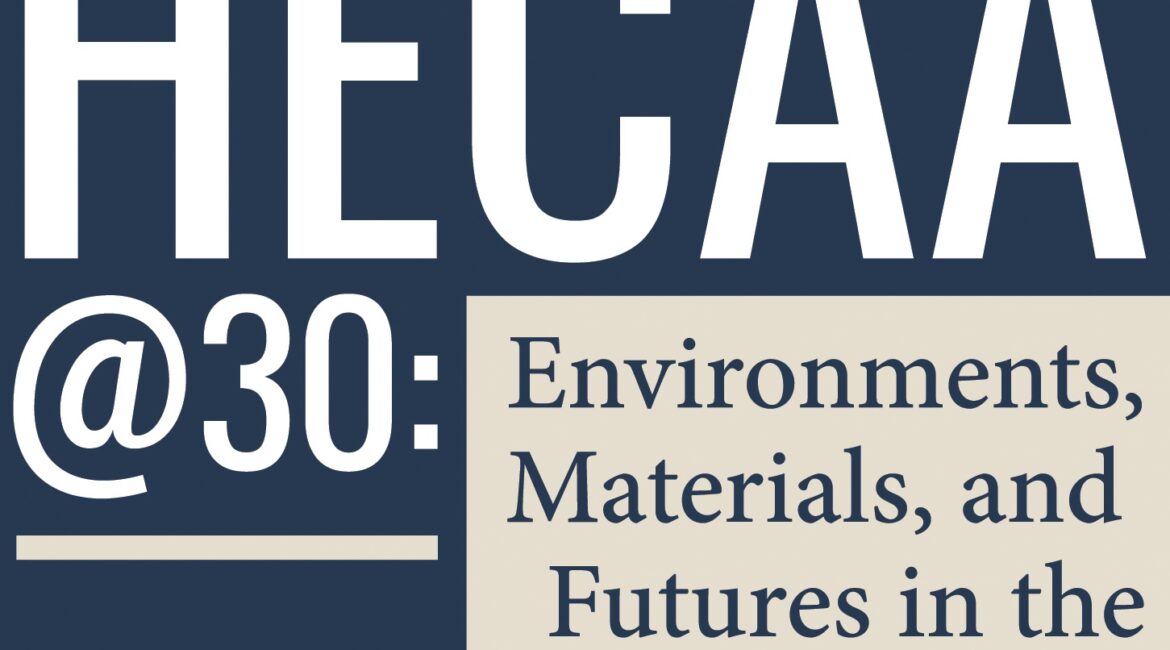Marie Antoinette may be a person—and name—known by many, but she is also one laden with a series of inherent paradoxes. Expected to support domestic luxury industries and dress in a manner befitting a French queen, she was nonetheless pilloried for her spending. And while her life was populated with…
Marie Antoinette Style: An Exhibition Catalogue Review – by Madeleine Luckel
